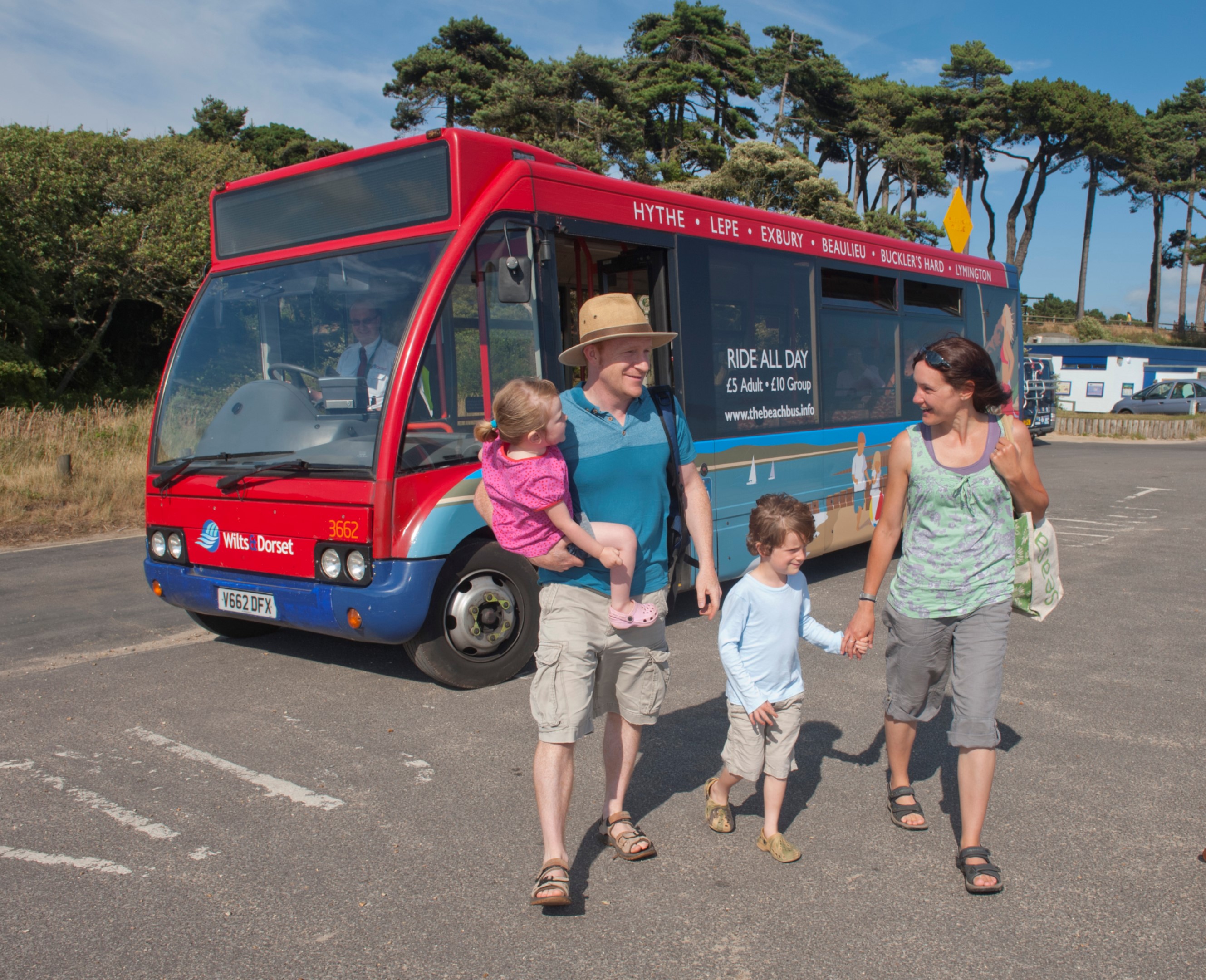Accessing attractions beyond the urban fringe…
The Urban Transport Group is a supporter of Good Journey, an independent, non-profit organisation working to transform car-free travel to visitor attractions and venues in the UK. In this blog, Good Journey’s Director, Nat Taplin, explains how they’re changing the way people travel to attractions and beauty spots within easy reach of our cities.
Around 25 years ago (can it really be that long?!) I lived in a shared house in Manchester. Whenever we popped into the city centre – for a museum, a meal or a show – we automatically went by bus. It was a no-brainer. But when we headed out-of-town for a picnic at Dunham Massey Park, we would all pile into a camper van.
For a variety of reasons, the countryside and the car are firmly intertwined in the British psyche. In big cities most people arrive at visitor attractions and venues by train, bus, tram, bike and foot. We know it’ll save us the hassle of queueing and parking. But as soon as we venture beyond the urban fringe, to country houses and honeypot villages, most of us default to the car. Often, it’s just lack of information and an assumption that a visit to countryside means getting in the car.
Underlying this is a diffuse anxiety about abandoning the cocoon of the car. Where do we catch the bus? Will it turn up? Where do we get off? What if we get stranded?
These fears are reinforced by subliminal messaging that the car is the normal (or even the only) way to reach many attractions. On attraction websites, you see words like ‘infrequent’ and ‘difficult’ used to describe public transport, while the car is ‘easy’ and ‘close’. Bus visitors are often dropped at the side of a busy main road to walk, while drivers are greeted with capacious car parks right by the entrance. Given all this, it is little surprise that, outside cities, nine out of 10 visitors arrive by car. But it doesn’t have to be that way.
A survey of National Trust visitors showed that 48% were open to visiting car-free. And some pioneering visitor attractions have realised that they can widen their audience, reduce their environmental impact and increase their income by welcoming car-free visitors (after all, one in four of us don’t own a car). For example, Harewood House near Leeds, offers an impressive 50% discount for visitors showing a bus ticket. Smart buses run direct from Leeds and Harrogate, every 15 minutes (every 30 minutes even on Sundays). Visitors are met at the gate by a free shuttlebus to take them up the drive to the house.  Good Journey is creating a UK-wide network of visitor attractions and venues which welcome and reward car-free visitors – with excellent travel information and discounts for arriving by train, bus or bike. Good Journey provides step-by-step travel information for participating attractions – including journey planners for bus and train times, and maps showing the walking route from bus stop to front door – like this. Participating attractions are recognised with the Good Journey mark – the symbol that car-free visitors are welcome and enjoy a discount. We have already been joined by leading attractions including Blenheim Palace, Cadbury World and Chester Zoo as well as RHS, National Trust and RSPB sites.
Good Journey is creating a UK-wide network of visitor attractions and venues which welcome and reward car-free visitors – with excellent travel information and discounts for arriving by train, bus or bike. Good Journey provides step-by-step travel information for participating attractions – including journey planners for bus and train times, and maps showing the walking route from bus stop to front door – like this. Participating attractions are recognised with the Good Journey mark – the symbol that car-free visitors are welcome and enjoy a discount. We have already been joined by leading attractions including Blenheim Palace, Cadbury World and Chester Zoo as well as RHS, National Trust and RSPB sites.
And we look forward to working with the Urban Transport Group and its members to change the way people travel when venturing beyond the urban fringe. Some Good Journey attractions within easy reach of cities are: Chester Zoo Waddesdon Manor Beamish Museum Castle Howard Harewood House RHS Harlow Carr Cadbury World National Botanic Garden of Wales Blenheim Palace Find out more about Good Journey – and sign-up for a free newsletter and eBook Great Scenic Rail and Bus Journeys of Britain at www.goodjourney.org.uk

